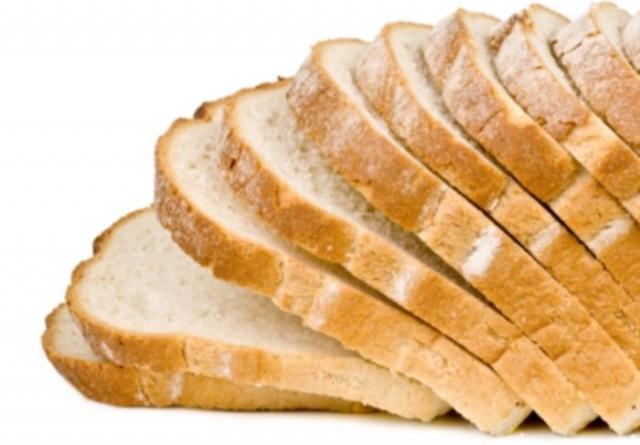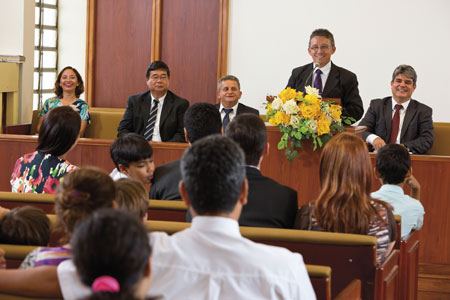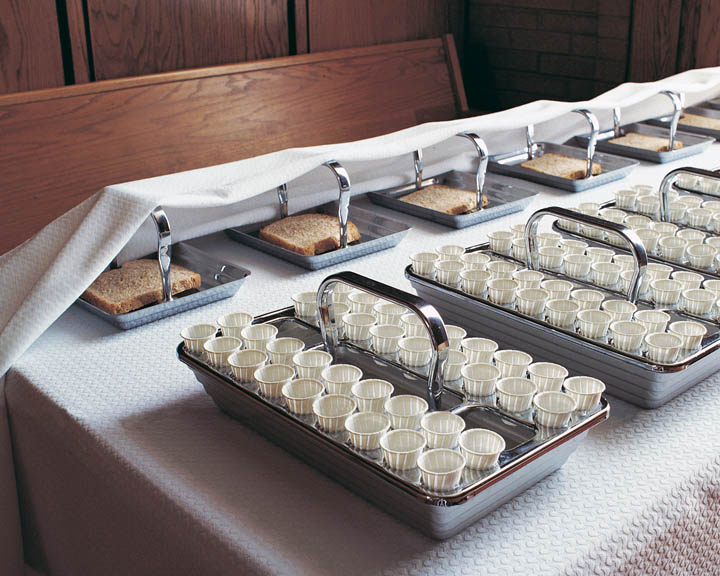Question
Gramps,
Why does the bread represent the body of Christ and why do we eat it while it represents the body of Christ?
Scott
Answer
Scott,
It is always a good thing to ponder the symbolism of the ordinances we perform. It helps to understand what it is we are doing when we participate in such rites. In this case, there are probably multiple levels of understanding that we may never understand. But to help you understand I’ll take you through just a couple of meanings that I get out of the ceremony.
First, let us understand that there is no particular meaning of bread itself.
For, behold, I say unto you, that it mattereth not what ye shall eat or what ye shall drink when ye partake of the sacrament, if it so be that ye do it with an eye single to my glory—remembering unto the Father my body which was laid down for you, and my blood which was shed for the remission of your sins. D&C 27:2
The fact that it was a nourishing, yet common food was why it was chosen. It is unadorned with no apparent beauty that man should particularly desire it. Some argue about the kind of bread (leavened, or unleavened). In some countries where other bread-like products (such as tortillas) are the common food, that is what is used for the Sacrament when approved by the bishop. It really doesn’t matter.
Bread was the common food available to everyone during Christ’s time — rich and poor alike — for nourishment. Membership in Christ’s Church and partaking in the covenants therein, and the Atonement of Christ is available to all — rich and poor alike — for spiritual nourishment. This is why it was chosen by Christ. That is why we use it today.
But why do we eat food to represent Christ’s body? Why would we eat our Savior? First, remember that this is symbolism — spiritual symbolism.
We gain nourishment from the food we eat, just as making and keeping covenants spiritually nourishes us. We are spiritually nourished by looking to Christ and learning of Him, having faith in Him, and keeping His commandments.
Now look a little deeper. Think about how food nourishes us. We eat the food, our bodies take it in. The molecules of the food we eat literally become part of our bodies. As we eat more, more of our body is replaced by the molecules of the food we eat. If we want to be healthy, we eat good nourishing food to become part of our bodies. The saying “we are what we eat” is literally true.
Before making a comparison with the spiritual meaning, which you may have already guessed, I need to take a side note on what is meant by “the Body of Christ.”
…For the perfecting of the saints, for the work of the ministry, for the edifying of the body of Christ: Ephesians 4:12
In Christian tradition, the Body of Christ often refers to the Church. But it is something more than that. Christ has fulfilled His mission of the Atonement, we also have a mission to preach the gospel, perfect the saints, redeem the dead, and to serve the Lord by serving our fellow men.
In so doing, we become more like Christ. We receive His very image in our countenance (Alma 5:14). As we take in Christ’s teachings, His example, and we have His atonement work in us, we become one with Him and “edify His body”. This reminds us of the story about a statue of Christ being sculpted with its hands missing. The caption reading “Ye are the only hands I have”.
So, when the Lord said of the bread “this is my body”, there was great symbolism in His words as well as the bread itself. Partaking of the Sacrament is our physical reminder to edify His body. Let Him become a part of us and change us until “we shall be like him” (John 3:2 ; Moroni 7:48). Thus our bodies are symbolic extensions of His own body. We not only edify His body, but we become edified by His body.
This we do in remembrance of Him — particularly His atonement — as we covenant to keep His commandments so that we may always have His Spirit to be with us.
Gramps







